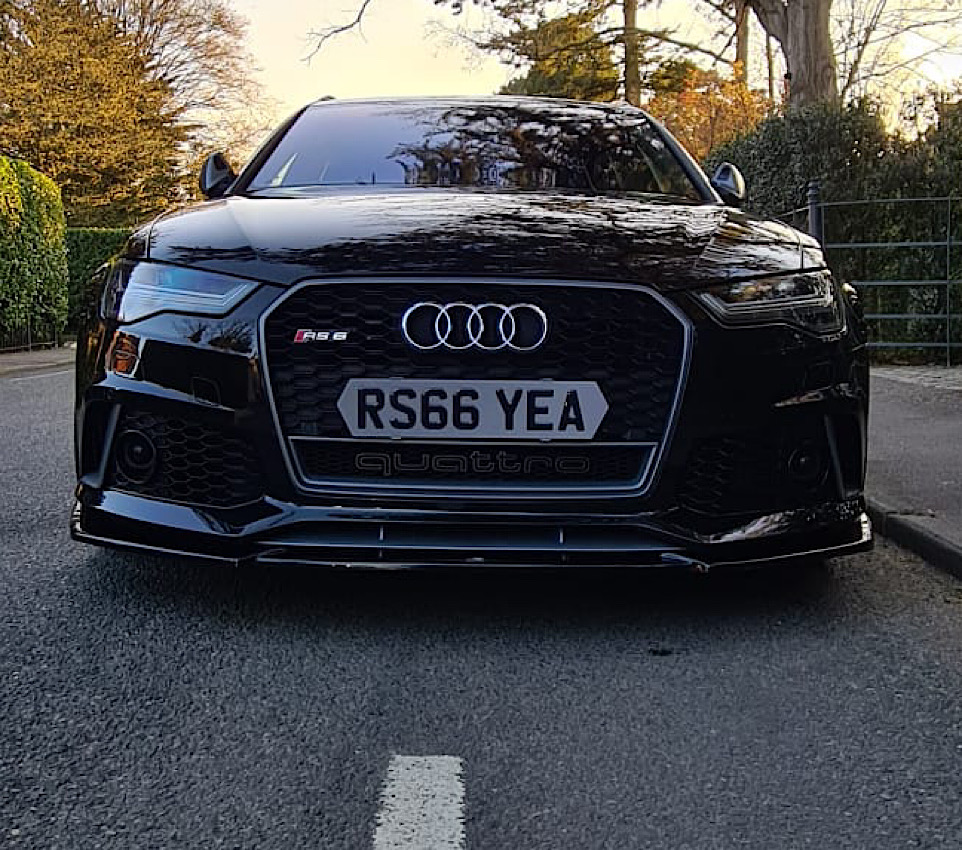
Luxury Defined
Rolls-Royce has a fascinating history that began with its success in building aircraft engines during WWI. In the 1940s, they shifted their focus onto jet engines and this ultimately led to a financial blow in the 1960s from the development of the RB211 engine, even though it proved to be highly successful. This was followed by a period of liquidation for Rolls-Royce until 1971 when the company was bought out by Rolls-Royce (1971) Limited. Also under this new ownership, parts of the company were sold – BAC went to the British Aircraft Corporation and the car division was bought by Vickers in 1980. Nowadays, Rolls-Royce is one of the leading brands in aviation and luxury cars, cementing its place as an industry leader that has defied impossible odds over the past decades.

Rolls-Royce Shaped Number Plates
The aerospace division of Rolls-Royce has a long history of government involvement in its ownership. For nearly 40 years after the founding of the company, it was exclusively owned by the United Kingdom’s government. That changed in 1987 when the government opted to privatize the company, selling shares to the public. Today, while Rolls-Royce plc remains the parent company, it is technically a subsidiary of Rolls-Royce Holdings. While this has allowed for more growth and development opportunities in recent decades, it hasn’t changed Roll Royce’s commitment to excellence and innovation which have made them an iconic name in aviation technology for over a century.

Rolls Royce – the luxury brand
In the purest definition, Rolls-Royce stands for luxury, sophistication and opulence as no other car does. But beyond its signature aesthetic, the fine details involved in crafting these cars add to their aura of prestige as well. The brand is famous for its customisation process, with every vehicle having a unique design tailored to the needs of its owner. From champagne chillers to plush leather interiors, Rolls-Royce cars are not just reliable and stylish but also indulgent in all senses of the word.
What size is a Rolls-Royce Number Plate?
Rolls-Royce number plates won’t be one-size-fits-all as the sizes vary from model to model. For example, a Cullinan plate will measure 685mm x 170mm and a Phantom plate 550mm x 147mm – clearly very different sizing! You can find our range of number plates in the Plate Builder section or contact us for more details on this. If you need replacement plates due to loss or damage, our specialists have created high-quality premium plates that meet your specifications just perfectly. Contact our team by sending an email today if you’d like to buy one!
5% OFF WITH PROMO CODE "EASY5"









